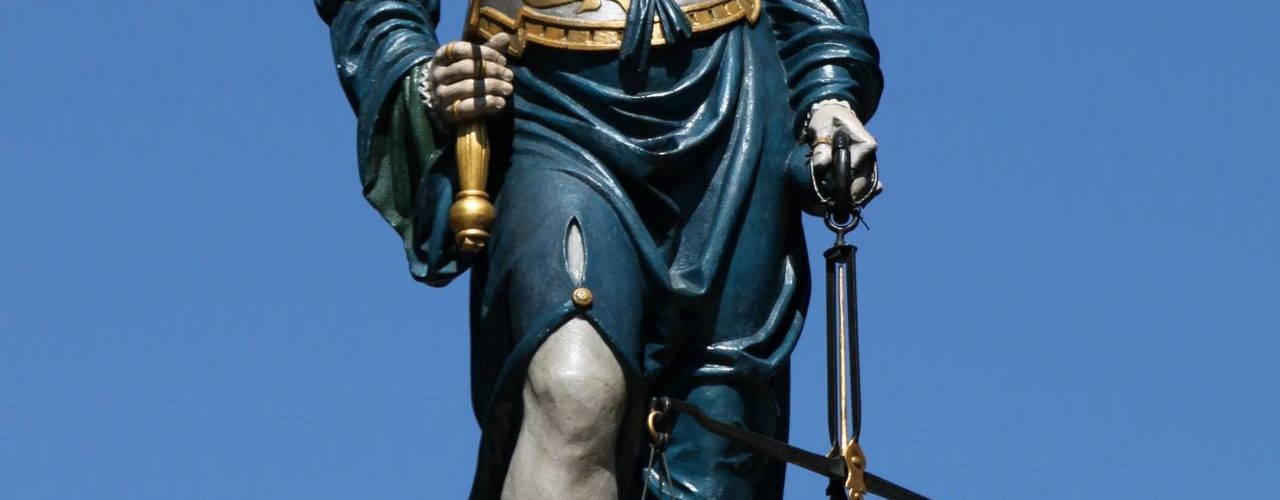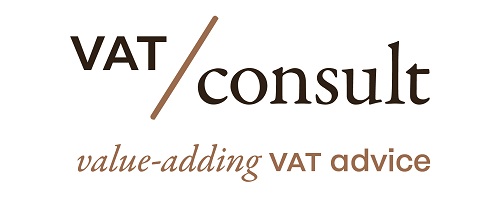On May 14, 1985, the ECJ issued its decision in the case C-139/84 (Van Dijk’s Boekhuis BV).
Van Dijk’s Boekhuis carried out repairs, some of which were extensive, on school books. He contended that he was supplying goods, which under Dutch law were chargeable to VAT at 4%. The Dutch authorities considered that he was supplying services, which were chargeable at 18%.
Article in the EU VAT Directive
Article 5(5)(a) of the Sixth VAT Directive.
Member States may consider the following to be supplies within the meaning of paragraph 1 :
(a) supplies under a contract to make up work from customers’ materials, that is to say delivery by a contractor to his customer of movable property made or assembled by the contractor from materials or objects entrusted to him by the customer for this purpose, whether or not the contractor has provided any part of the materials used.
Facts
- Among other things Van Dijk’s Boekhuis carries out repairs, sometimes radical, on school books, at the request of the owners of those books. During the period from 1976 to 1979 Van Dijk’s Boekhuis paid value-added tax in respect of such repairs at the reduced rate of 4% charged under Netherlands law on supplies of books.
- After an investigation in 1981 the Inspector of Customs and Excise at Zwolle decided that those repairs did not constitute a supply of goods under the relevant Netherlands legislation but rather the provision of services, to which a rate of 18% applied. The Inspector therefore issued a reassessment notice for the years 1976 to 1979. That notice was upheld notwithstanding an objection lodged by Van Dijk’s Boekhuis.
- Van Dijk’s Boekhuis then brought an action against the decision of the Inspector of Customs and Excise before the Gerechtshof [Regional Court of Appeal], Arnhem. That court held that despite the radical repairs carried out the old book continued to exist, that there was no manufacture of a new article and that there was no supply of goods within the meaning of the Netherlands legislation on value-added tax. By judgment of 14 April 1983 it therefore held that the action was unfounded.
- Van Dijk’s Boekhuis appealed against that judgment to the Hoge Raad. It argued that the various operations carried out by it on books in tatters resulted in the manufacture of a new book; in deciding that there was no supply of goods the Gerechtshof, Arnhem, therefore misapplied the Netherlands law of 1968 on valueadded tax.
- For the Hoge Raad that argument raises the question of the meaning of the term ‘make’ in the law on value-added tax. The Hoge Raad considers that the Netherlands’legislature did not intend that term to have any meaning other than that of the term ‘made’ as used in Article 5 (2) (d) of Council Directive 67/228 of 11 April 1967 on the harmonization of legislation of Member States concerning turnover taxes (Official Journal, English Special Edition 1967, p. 16) (hereinafter referred to as ‘the Second Directive’). The Hoge Raad is also of the view that since 1 January 1979 the term ‘make’ in the Netherlands law has had the same meaning as the phrase ‘made or assembled’ which appears in Article 5 (5) (a) of
Council Directive 77/388 of 17 May 1977 on the harmonization of the laws of the Member States relating to turnover taxes (Official Journal 1977, L 145, p. 1)
Questions
(1) Must the work performed by a taxable person who radically repairs or renovates for a customer movable property made available to him by that
customer and then supplies the property to the customer be regarded as the making of moveable property within the meaning of Article 5 (2) (d) of the Second Directive or the making or assembly of moveable property within the meaning of Article 5 (5) (a) of the Sixth Directive only if, according to ordinary language usage or commonly accepted views, the result of that work constitutes new property?
(2) If the criterion set out in the first question is not decisive,
(a) What are the minimum requirements which must be fulfilled in order for such work to be considered to involve the making of movable property or the making or assembly of movable property?
(b) Must a distinction be drawn in this regard between goods characterized mainly by physical qualities and goods characterized mainly by nonphysical qualities, such as books?
(c) Must a distinction be drawn in this regard between the repair or renovation of goods which have fallen to pieces or which are first taken apart by the contractor and the repair or renovation of goods which are still intact and remain so?
(d) Must a distinction be drawn in this regard depending on the extent to which the contractor adds new materials?
AG Opinion
The work performed by a taxable person who radically repairs or renovates for a customer movable property made available to him by that customer and then delivers the property to the customer must be regarded as the making of movable property within the meaning of Article 5 (2) (d) of the Second Directive or of Article 5 (5) (a) of the Sixth Directive if according to ordinary language usage or commonly accepted views the result of that work constitutes a new article in the sense that it satisfies a different market need.
Decision
The production of goods from customers’ materials, as referred to in Article 5 (2) (d) of Council Directive 67/228 of 11 April 1967 (Official Journal, English Special Edition 1967, p. 16) and Article 5 (5) (a) of Council Directive 77/388 of 17 May 1977 (Official Journal 1977, L 145, p. 1) on the harmonization of the laws of the Member States relating to turnover taxes, only takes place where a contractor produces a new article from the materials entrusted to him by bis customer. A new article is produced when the work of the contractor results in an article whose function, according to generally accepted views, is different from that of the materials provided
Summary
In the Van Dijk’s Boekhuis judgment, the ECJ stated:
There is only talk of manufacturing a work in movable condition if a contractor makes a new good from materials provided to him by the client.
There is a new good when the work of the contractor creates a good whose function, according to generally accepted views, differs from the function of the materials provided.
Maintenance and repair work which, no matter how drastic, only restores the function it previously had to the provided good, without creating a new good, is therefore not the production of a work in movable condition.
Source
Similar ECJ cases
Reference to the case in the other EU MS
Newsletters
- BTW jurisprudentie
- EFS
- Taxwin
- Tilburgh University – The concept of ”manufacturing” in VAT
- Ondernemingsdatabank
Join the Linkedin Group on ECJ VAT Cases, click HERE
For an overview of ECJ cases per article of the EU VAT Directive, click HERE















